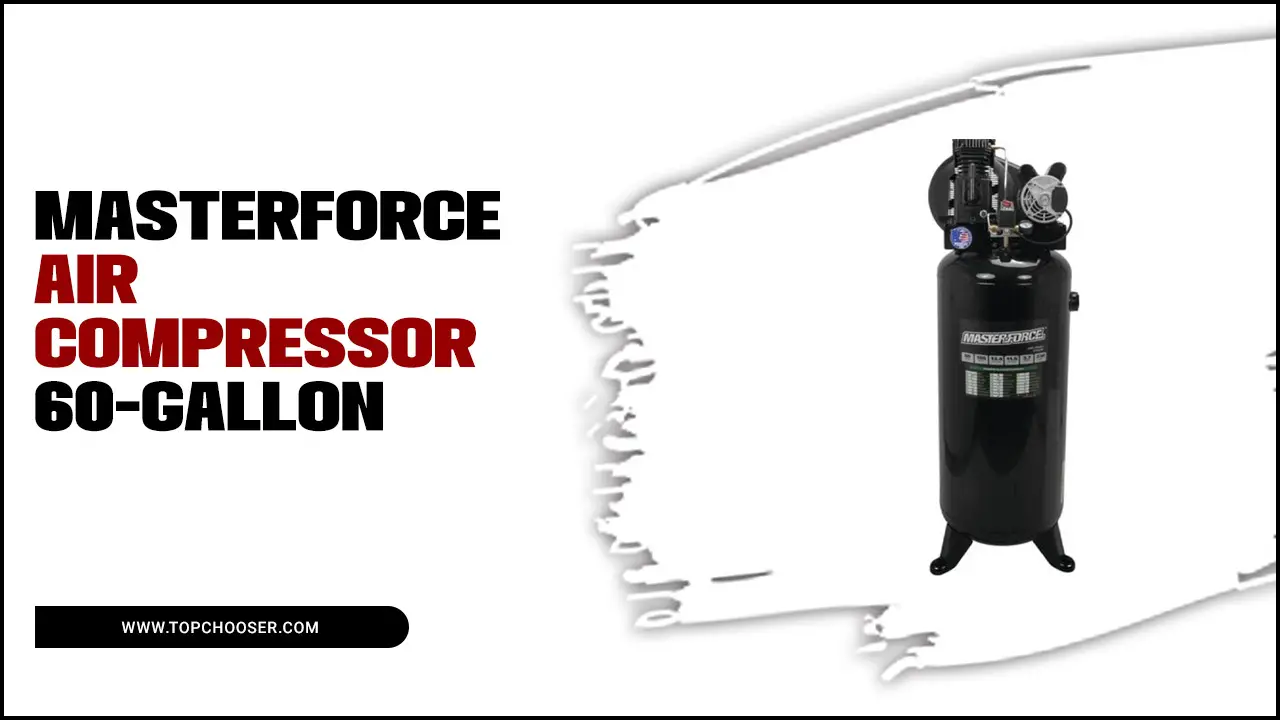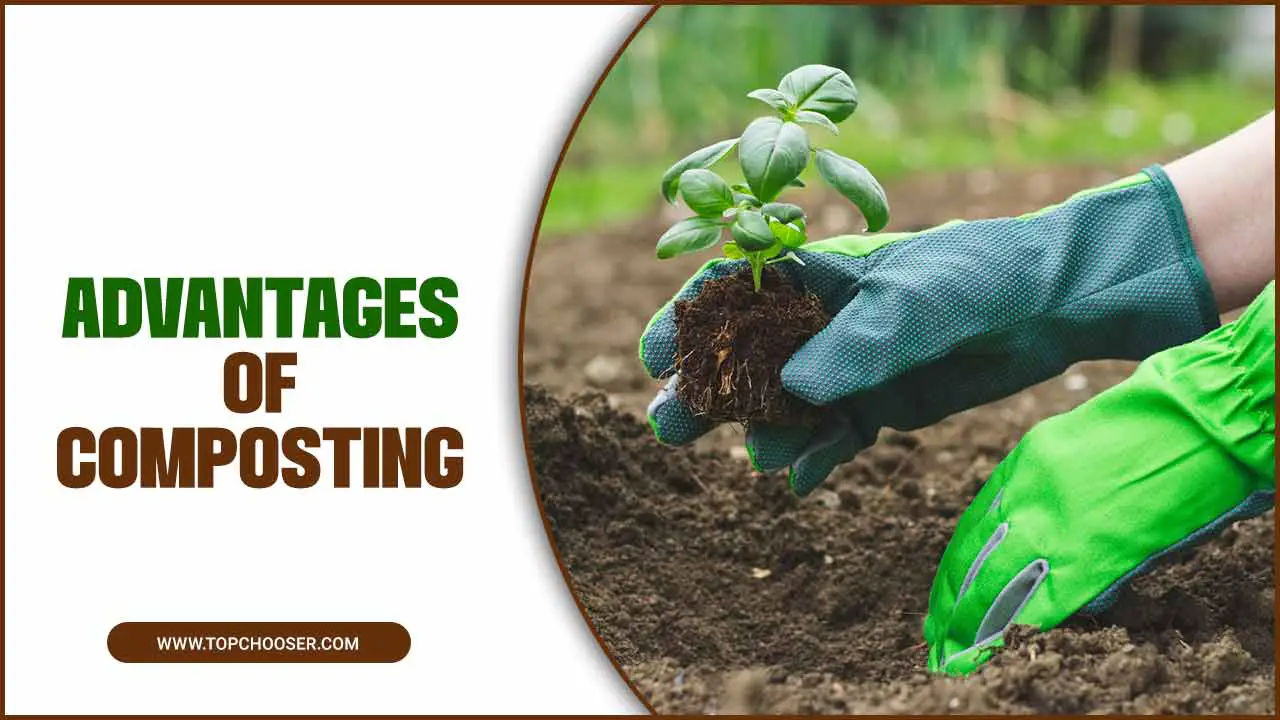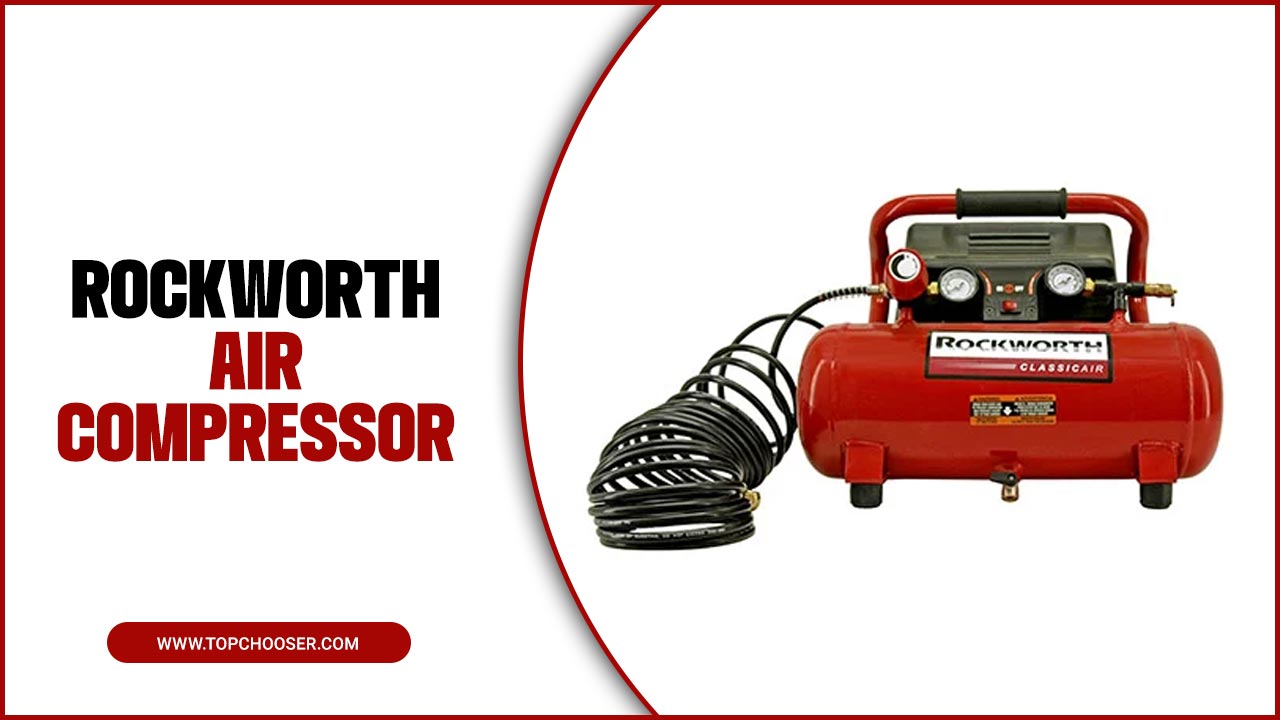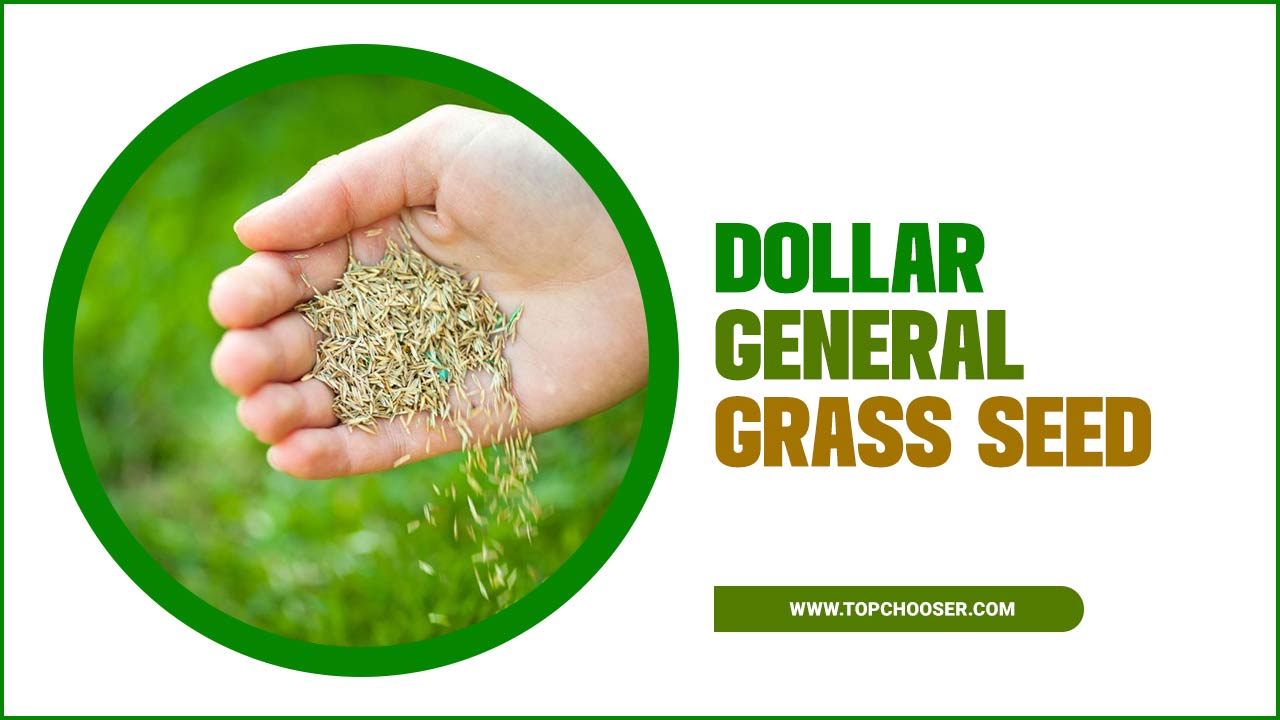Italian cypress trees add elegance to any landscape with their iconic Mediterranean appearance, characterized by their tall and slender shape. To keep these trees healthy and vibrant, it’s important to use the right type of fertilizer.
Italian cypress fertilizer is specially formulated to meet the specific nutrient needs of these trees. It typically contains a balanced blend of nitrogen, phosphorus, potassium, and other essential micronutrients. When applied correctly, Cypress fertilizer can promote robust growth, improve foliage color, and increase tree health.
It’s important to follow the manufacturer’s instructions when applying fertilizer, as over-fertilization can damage or even kill the trees. With the right care and attention, Italian cypress trees can thrive and continue to add beauty to any outdoor space.
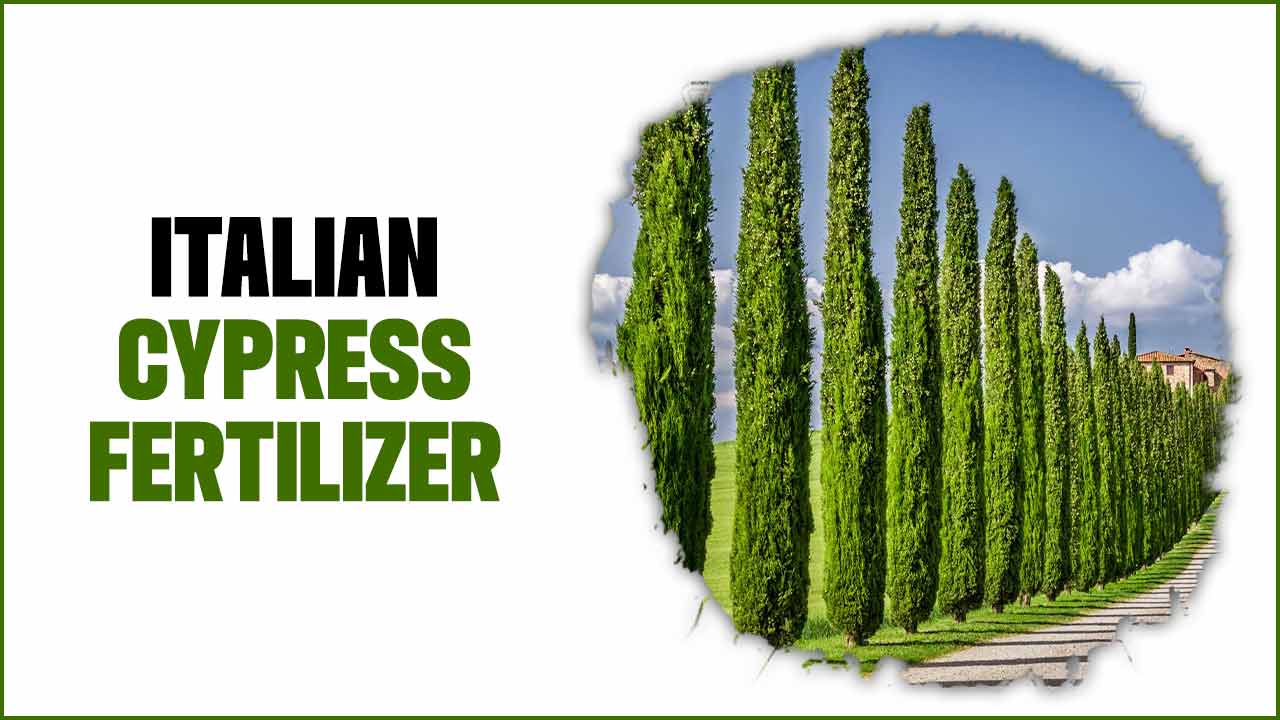
Types Of Fertilizers For Italian Cypress
People know Italian Cypress (Cupressus sempervirens) as a popular evergreen tree because of its tall, slender growth and elegant appearance. Several types of fertilizers can be handy to promote healthy growth and vibrant foliage. Here are some common types of fertilizers suitable for Italian Cypress:
- Balanced Fertilizers: These fertilizers contain a mix of nitrogen (N), phosphorus (P), and potassium (K), often referred to as NPK fertilizers. Look for a balanced ratio such as 10-10-10 or 20-20-20. Balanced fertilizers provide essential nutrients for overall plant health and development.
- Slow-Release Fertilizers: Slow-release fertilizers release nutrients gradually over an extended period. They are convenient for Italian Cypress trees, providing a steady supply of nutrients without frequent application. Slow-release fertilizers come in various forms, such as granules or pellets, and their nutrient release can last several months.
- Organic Fertilizers: Organic fertilizers come from natural sources, such as compost, manure, or plant-based materials. They improve soil fertility and enrich the soil with organic matter, benefiting the long-term health of Italian Cypress trees. Organic fertilizers can be in the form of pellets, powders, or liquid concentrates.
How To Apply Italian Cypress Fertilizer – Step By Step
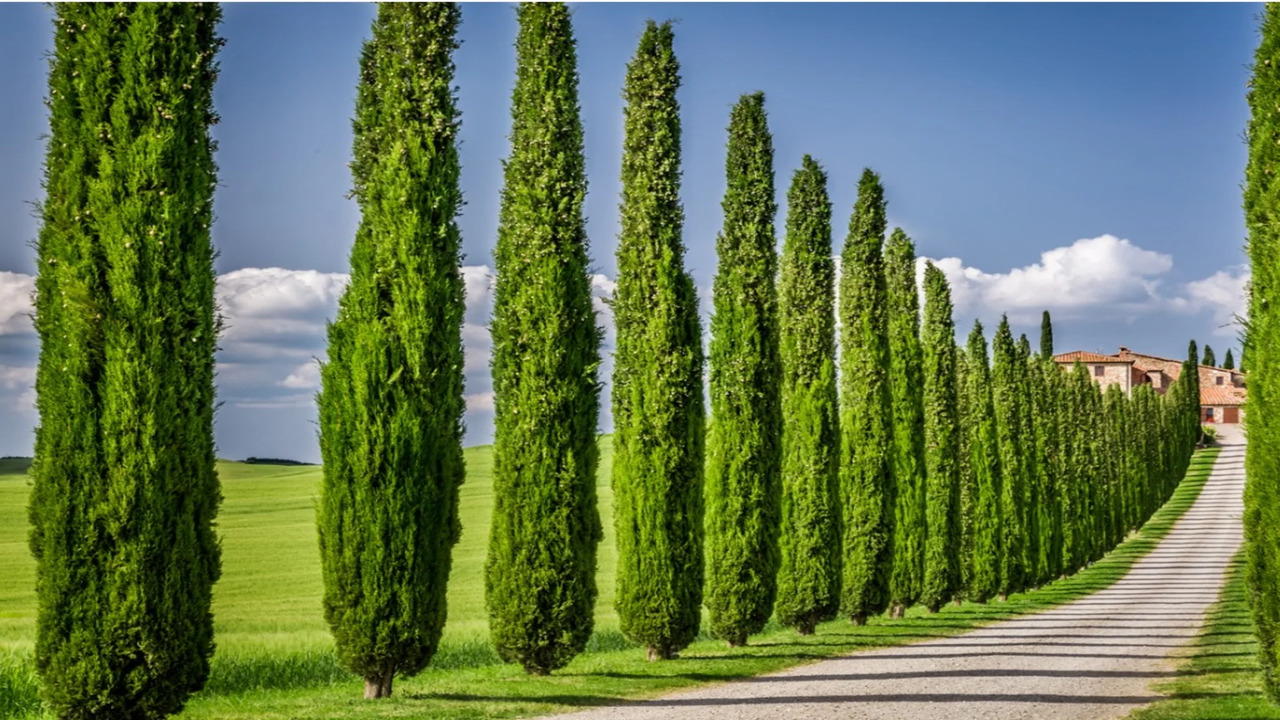
Fertilizing Italian cypress trees is important for their overall health and growth. These trees have high nitrogen requirements, so using a balanced fertilizer with a higher nitrogen content is recommended during the growing season.
Fertilizing once in the spring and again in the fall can help provide the necessary nutrients. It is also important to avoid over-fertilizing, as this can lead to excessive growth and make the tree more susceptible to disease and pests. Here are some steps on Apply italian cypress fertilizer.
Choosing The Right Fertilizer
The best fertilizer for Italian cypress has a balanced ratio of nitrogen, phosphorus, and potassium (NPK), such as 10-10-10 or 12-12-12. Nitrogen promotes foliage growth, phosphorus supports root development, and potassium enhances overall health and resistance.
You can also look for a fertilizer containing micronutrients, such as iron, zinc, manganese, and copper, essential for the tree’s metabolism and photosynthesis. Avoid fertilizers high in nitrogen, such as lawn fertilizers, as they can cause excessive growth and weaken the tree’s structure.
Preparing The Soil
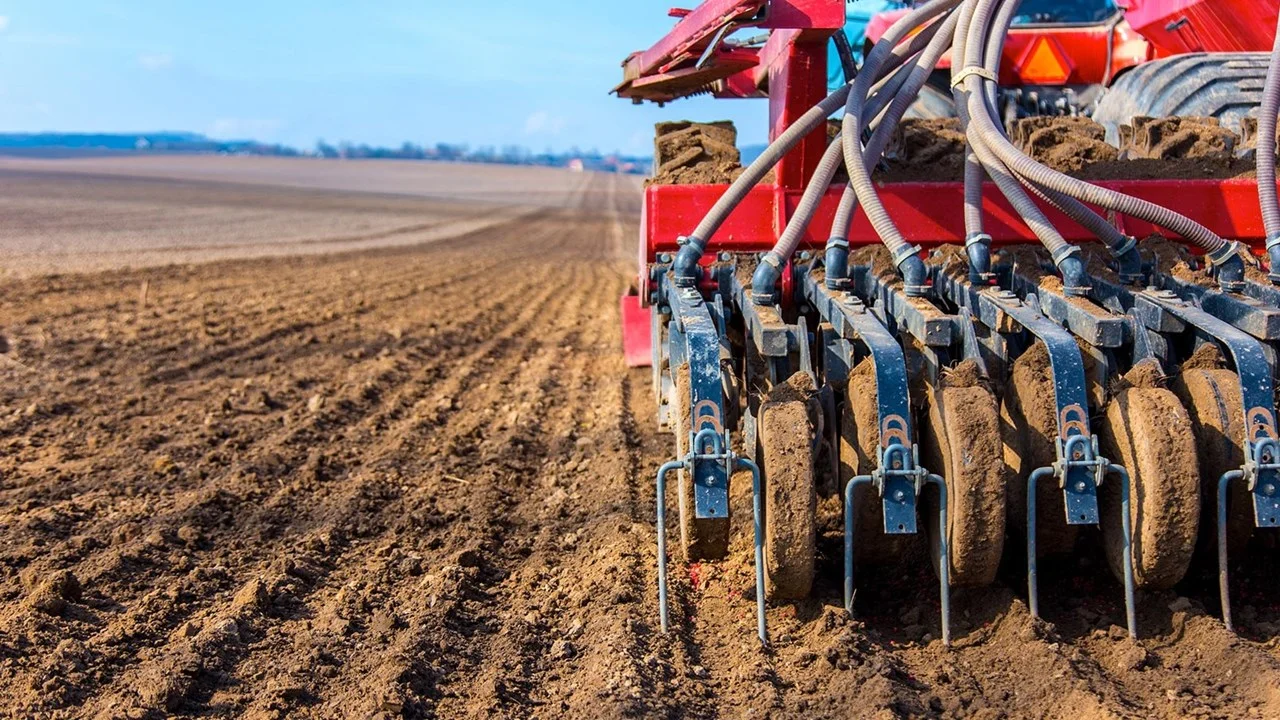
Before applying fertilizer, you should prepare the soil around the tree by removing any weeds, debris, or mulch that may interfere with the absorption of nutrients. You should also water the soil thoroughly to moisten it and help the fertilizer dissolve and penetrate. Ensure the soil is well-drained and not waterlogged, which can cause root rot and fungal diseases.
Applying Fertilizer
Depending on your preference and availability, you can apply fertilizer in granular or liquid form. Granular fertilizer is easier to measure and store but may take longer to dissolve and release nutrients. Liquid fertilizer is readily available and absorbed by the roots, but it may require more frequent applications and equipment.
To apply granular fertilizer, you should spread it evenly around the tree’s drip line, which is the area where the branches extend to the ground. Avoid applying fertilizer directly on the trunk or near the tree’s base, as this can burn the bark and roots.
To apply liquid fertilizer, you should dilute it according to the label instructions and spray it on the foliage and soil around the tree’s drip line. You can use a hose-end sprayer or a watering can for this purpose.
Watering After Fertilizing
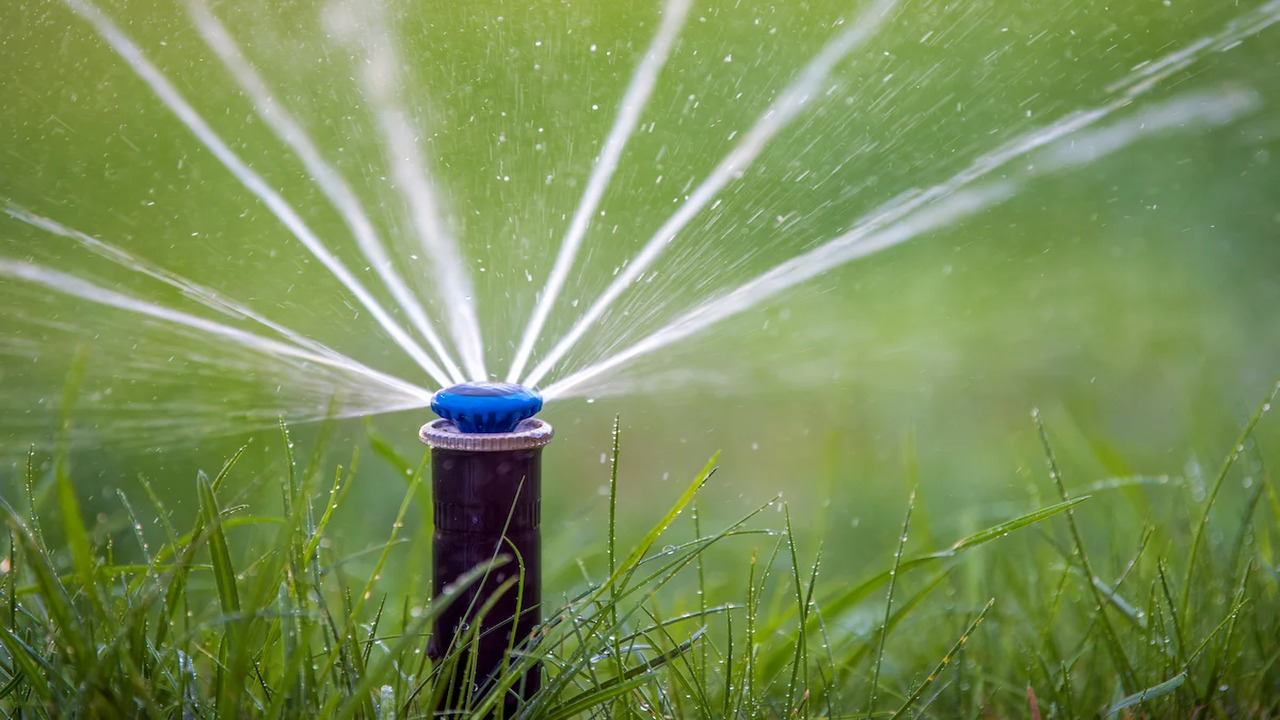
After applying fertilizer, you should water the tree again to help the fertilizer dissolve and reach the roots. You should also monitor the soil moisture level and water the tree regularly during dry periods. However, do not overwater or underwater the tree, as this can cause stress and damage. The soil should be moist but not soggy or dry.
Timing Of Subsequent Fertilizer Applications
Depending on its growth rate and condition, you should fertilize your Italian cypress once or twice a year. The best time to fertilize is in early spring before new growth begins and again in mid-summer, if needed. You should avoid fertilizing in late summer or fall, as this can stimulate new growth that may not harden off before winter and become susceptible to frost damage. You should also avoid fertilizing in winter, which can interfere with the tree’s dormancy and natural defenses.
Potential Risks And Precautions
Fertilizing your Italian cypress can have many benefits, but it can pose some risks if done improperly or excessively. Some of the potential risks and precautions are:
- Fertilizer burn: This is when the fertilizer causes chemical damage to the leaves, stems, roots, or bark of the tree. This can happen if you apply too much fertilizer, apply it too close to the tree, or apply it on hot or windy days.
- Fungal diseases: This is when fungi infect the tree and cause symptoms such as yellowing, wilting, browning, or dropping of leaves; dieback of branches; or rotting of roots or trunk. This can happen if you overwater or underwater the tree or apply fertilizer on wet or humid days.
- Pests: This is when insects or animals feed on or damage the tree and cause symptoms such as holes, spots, webs, galls, or chew marks on leaves; sap oozing from wounds; or reduced growth or vigor. This can happen if you use a fertilizer that attracts pests, overfertilize or underfertilize the tree, or stress or weaken the tree by improper watering, pruning, or planting.
Alternative Fertilizer Options
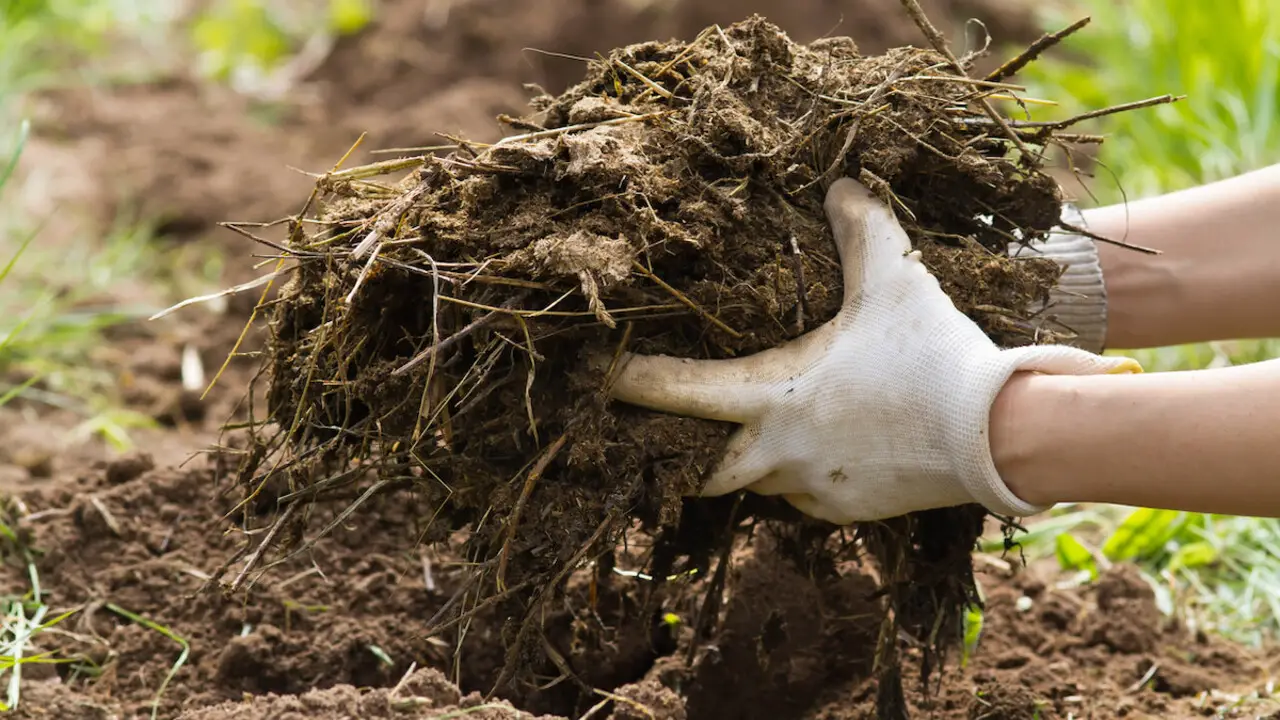
If you prefer to use organic or natural fertilizers for your Italian cypress, you have some options to choose from. Some of the alternative fertilizer options are:
- Compost: This is a mixture of decomposed organic matter, such as leaves, grass clippings, kitchen scraps, or manure. It is rich in organic matter and nutrients and improves soil structure, water retention, and microbial activity. You can make your own compost or buy it from a garden center. To use compost as a fertilizer, you should spread a 2- to 4-inch layer around the tree’s drip line and work it into the top few inches of the soil.
- Mulch: This is a layer of organic or inorganic material, such as wood chips, bark, straw, gravel, or plastic, that covers the soil surface around the tree. It helps conserve soil moisture, moderate soil temperature, suppress weeds, and prevent erosion.
- Organic fertilizers: These are fertilizers that are derived from natural sources, such as animal manure, blood meal, bone meal, fish emulsion, seaweed extract, or alfalfa meal. They are usually slow-release and low in salt content, providing a range of nutrients and micronutrients.
Conclusion
Italian cypress fertilizer plays a crucial role in maintaining the health and beauty of these trees. With the right nutrients, Italian cypresses can grow taller, denser, and with a more vibrant color. However, it is important to note that not all fertilizers are created equal.
It is essential to choose a fertilizer specifically formulated for Italian cypresses and follow the recommended application rates. Over-fertilization can cause damage to the roots and negatively impact the tree’s overall health.
It is also important to consider fertilizer’s environmental impact and follow proper disposal practices. With proper use and care, cypress fertilizer can help homeowners and landscapers achieve the desired results and enjoy the beauty of these iconic trees for years to come.
FAQ’s
[rank_math_rich_snippet id=”s-ea22614c-2663-483c-a2bd-f6eedb9f2a8b”]

I am passionate about home engineering. I specialize in designing, installing, and maintaining heating, ventilation, and air conditioning systems. My goal is to help people stay comfortable in their homes all year long.

